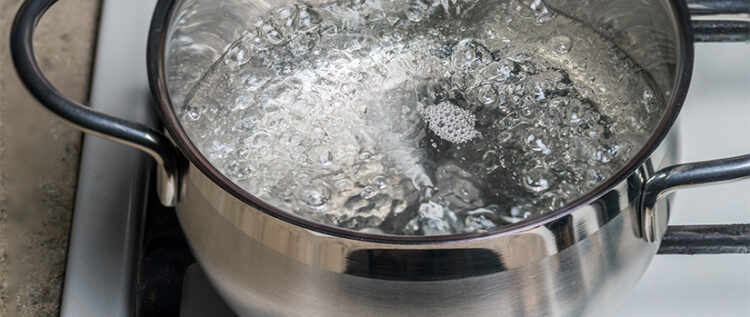Municipal or city water originates from a water treatment facility, and water quality is regulated by health authorities. Nevertheless, issues can arise. Being aware of the challenges facing municipalities can help you choose what type of water treatment you want for your home or office.

Infrastructure woes are the main issue for regions like Europe and North America, where outdated and underground pipes may be crumbling and nearing the end of their useful life. These concerns are forcing people everywhere to pay more attention to water quality and consider using additional water treatment in their homes.
We’re all worried about North America’s aging infrastructure, the economy, and the allocation of funds set aside for water-specific projects. “Clean water is fundamental to our economy and our health,” said American Society of Civil Engineers (ASCE) President, Andrew Herrmann, P.E. “We depend on water infrastructure, but our drinking water and wastewater systems are aging. Some of our water systems are 100 years old and in desperate need of replacement. When those systems fail, they disrupt businesses and families and cost all of us more in the end.”
Municipal Water and Boil Water Alerts (BWAs)
Despite water meeting or even exceeding the parameters to be deemed safe when it leaves the treatment plant, boil water alerts (BWA) are becoming more and more common. It’s not unusual for a boil water alert to be issued 24 – 48 hours after contamination has occurred because of the testing and re-testing that is required.
BWAs are issued for a variety of different reasons:
- Failure of equipment
- High turbidity levels due to a malfunctioning filtration system
- Water main breaks
- Questionable pathogenic bacteria detection
- General interruption of water treatment processes.
